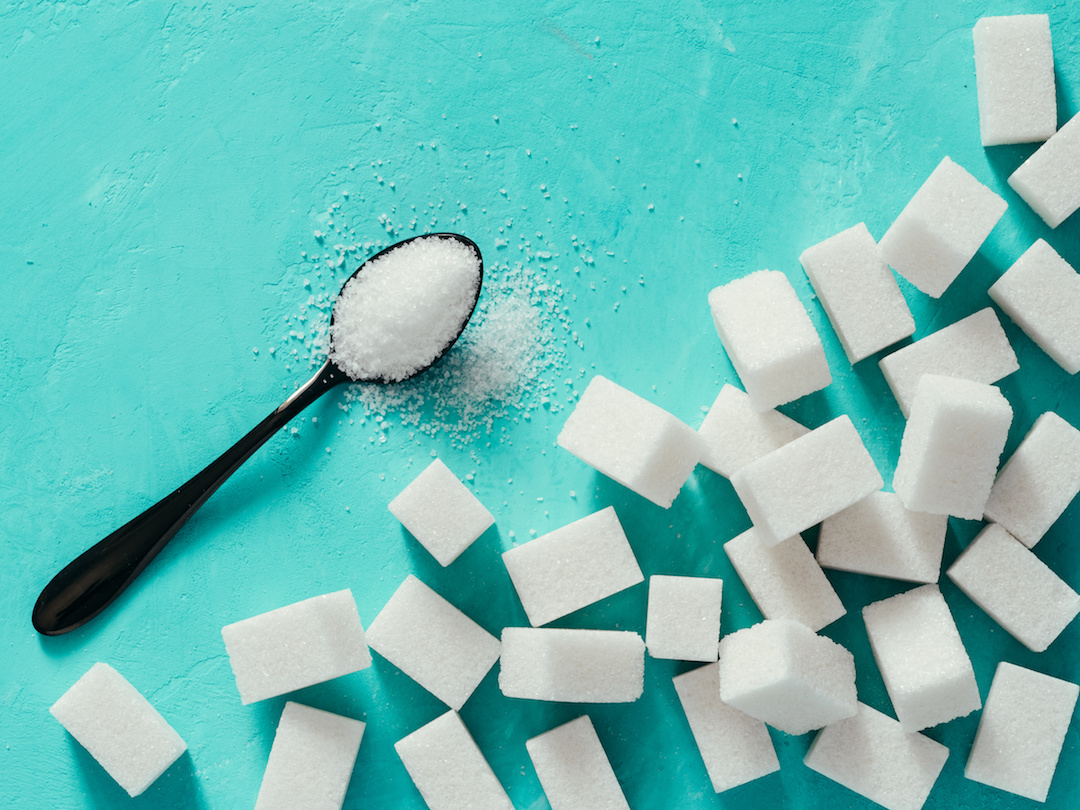
It feels backwards. You eat, expecting fuel. But instead, you crash. Heavy eyes. Slow thoughts. Like your body’s ignoring the glucose you just gave it. That post-meal dip isn’t random. It’s often one of the earliest prediabetic signals. Blood sugar rises, but insulin doesn’t clear it efficiently. So your body runs on empty even when you’ve eaten.
You wake up thirsty even when you drank water before bed
It’s not summer. You didn’t eat anything salty. But your mouth feels dry. You wake up craving water, again and again. This pattern—nighttime thirst—is your body’s quiet alarm. Rising blood sugar draws fluid out of your tissues. Your kidneys try to fix it. But the result? A dry mouth that doesn’t care how much water you drank yesterday.
Your vision changes slightly throughout the day
Sometimes your screen feels blurry. Sometimes it doesn’t. You clean your glasses, but nothing changes. Vision that shifts—without warning—can come from fluctuating glucose levels. In Türkiye, ophthalmologists often detect prediabetes before general doctors do. Because sugar alters the shape of the eye lens. And it doesn’t always need years to do it.
Your waist size changed even though your weight didn’t
The scale says the same thing. But pants feel different. The waistband presses more than it used to. This redistribution of fat, especially around the belly, is a major sign. It’s not about gaining weight. It’s about where that weight settles. And for prediabetics, central fat storage is common—even when diet hasn’t changed much.
You feel hungrier soon after eating a full meal
You finish dinner. You’re satisfied. But not for long. Suddenly, there’s a craving. Something sweet. Something more. This rebound hunger is linked to insulin resistance. Your cells don’t absorb glucose properly. So your brain thinks you didn’t eat. In Turkish clinics, this is a red flag. Especially in patients who also experience fatigue and fog.
You notice cuts or bruises take longer to fade
A minor scratch stays red for too long. A bruise lingers past its welcome. The healing process slows. And sometimes, it itches. Wound healing depends heavily on circulation. And early glucose spikes damage tiny vessels. So even before full diabetes develops, recovery gets slower. Dermatology clinics in Ankara often catch this before general practitioners do.
You find yourself needing more sleep but feeling less rested
You go to bed early. You sleep eight hours. But still wake up exhausted. There’s no clarity. Just fog. That morning haze can be a metabolic warning. Blood sugar instability interrupts deep sleep cycles. Especially during REM. So even if you’re sleeping, your body’s not restoring. This tiredness doesn’t respond to coffee. Or naps.
You’ve developed skin tags in areas where your skin folds
They’re small. Painless. Harmless-looking. But they weren’t there before. Skin tags—especially around the neck or underarms—are common in prediabetes. Turkish endocrinologists associate them with insulin resistance. The hormone affects how skin grows. These benign growths often appear before lab tests reveal any imbalance.
You use the bathroom more than usual, especially at night
You wake up once. Then again. It’s not your bladder aging. It’s your kidneys working overtime. When blood sugar is high, your body tries to flush it out. That means more urine. More dehydration. And more sleep interruptions. If nighttime urination becomes routine, it’s time to question glucose—not just hydration.
You’ve noticed tingling or numbness in your hands or feet
It starts subtly. A buzz in your fingers. A numb toe. It fades. Then returns. This kind of nerve response—called peripheral neuropathy—can begin in prediabetes. High sugar levels irritate nerves. Even before permanent damage sets in, your body sends messages. Türkiye’s neurology clinics see these early warnings often. Especially in patients over 35.
You feel dizzy when standing up, even if you’ve eaten
It happens suddenly. You stand, and your balance sways. Not enough to fall. Just enough to notice. Postural dizziness is often ignored. But it connects to glucose variability. Your body struggles to regulate blood pressure quickly. That’s common in prediabetic individuals, particularly those with irregular meal schedules or dehydration.
Your skin darkens slightly in creases like the neck or elbows
The skin feels thicker. Darker. Especially in places that fold. This isn’t dirt. It doesn’t scrub off. It’s called acanthosis nigricans. And it often arrives before blood tests catch glucose issues. In Türkiye, dermatologists report this change in younger patients—especially teenagers with insulin resistance. It’s not just aesthetic. It’s biological.
You feel irritable more often without a clear reason
Things get under your skin faster. Patience feels shorter. The smallest inconvenience triggers frustration. Mood swings can stem from unstable blood sugar. Especially when paired with fatigue. The brain depends on consistent glucose delivery. Spikes and crashes alter neurotransmitters. In Turkish wellness clinics, nutrition plans often aim to stabilize not just weight—but mood too.
You’ve had a major illness or surgery and haven’t bounced back
Recovery feels longer than expected. Muscle tone is slower to return. Fatigue lingers weeks past healing. Major stress—like illness or surgery—can reveal hidden insulin resistance. The body under stress needs more glucose control. But in prediabetics, it often fails to meet that demand. Hospitals in Türkiye test fasting glucose post-surgery more often now for this reason.
Your family history includes diabetes or metabolic syndrome
Your mother. Your uncle. Maybe both. Genetic predisposition matters. Especially if paired with any early symptoms. In Türkiye, metabolic risk runs strong across generations. Lifestyle plays a role. But so does heredity. If you’ve noticed one sign, and your bloodline carries the weight of many, testing isn’t overreacting. It’s preparing.
Your lab results say “borderline” but you feel something’s already off
Fasting glucose: 104. HbA1c: 5.7. Doctors say it’s borderline. Not yet a concern. But your body says otherwise. Numbers don’t tell everything. And “normal” is a range—not a promise. In Turkish labs, these early readings are now taken more seriously. Because symptoms often arrive before thresholds are officially crossed.
Your weight hasn’t changed but your clothes feel different
The mirror doesn’t lie. But the scale might. Metabolic shifts happen before weight gain shows. You look fuller. Softer. Even with consistent habits. This disconnect is frustrating. And common. Especially in prediabetic stages. Where insulin levels rise but fat metabolism falls. Body shape changes. Without warning. Without reason.
